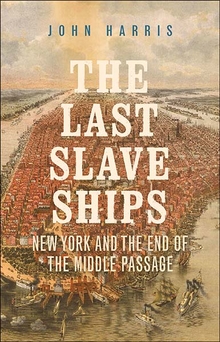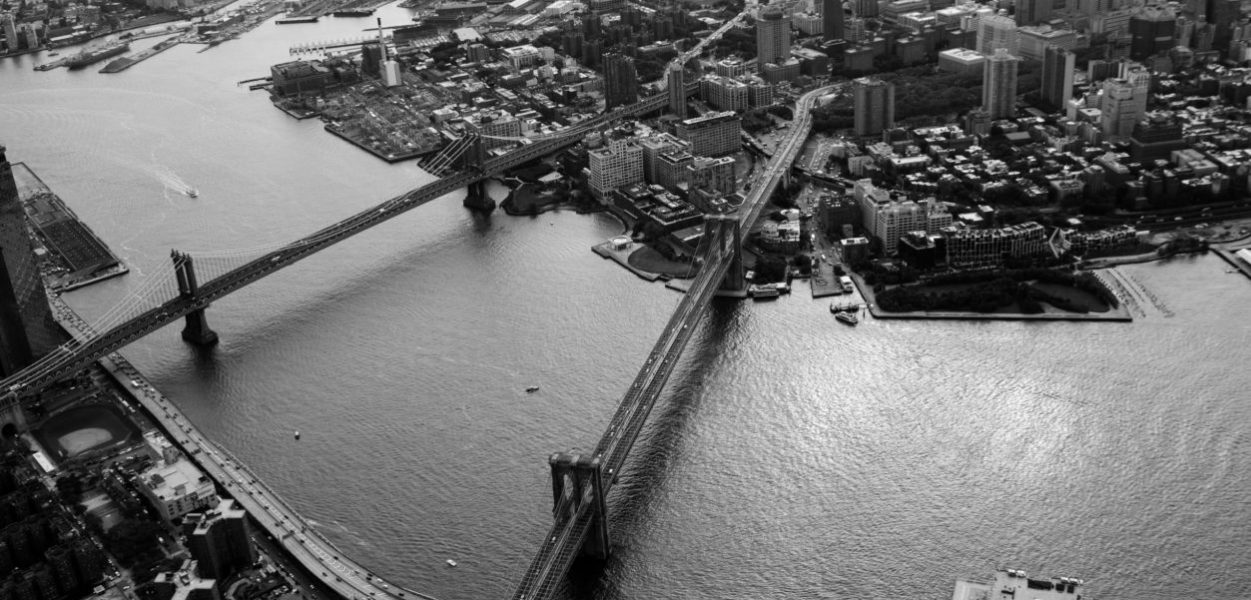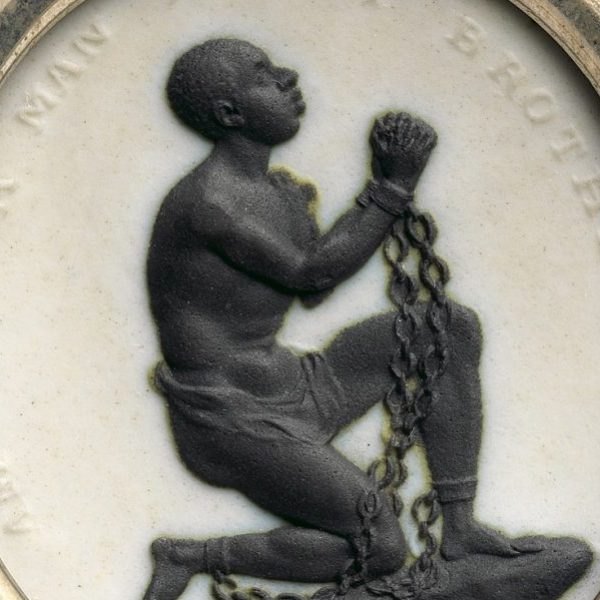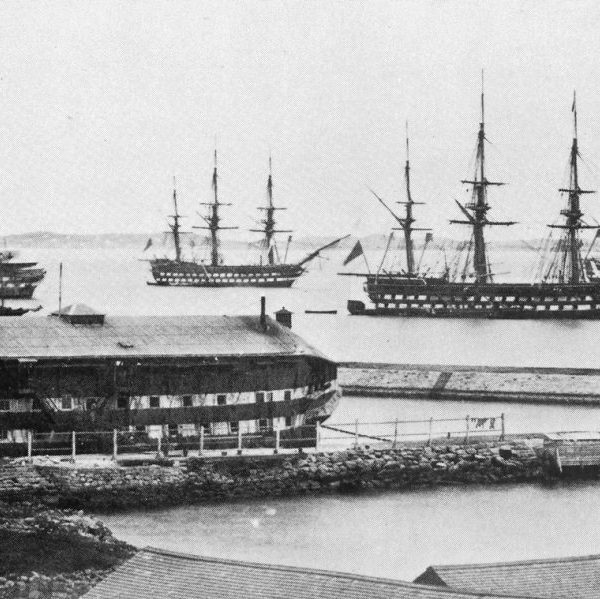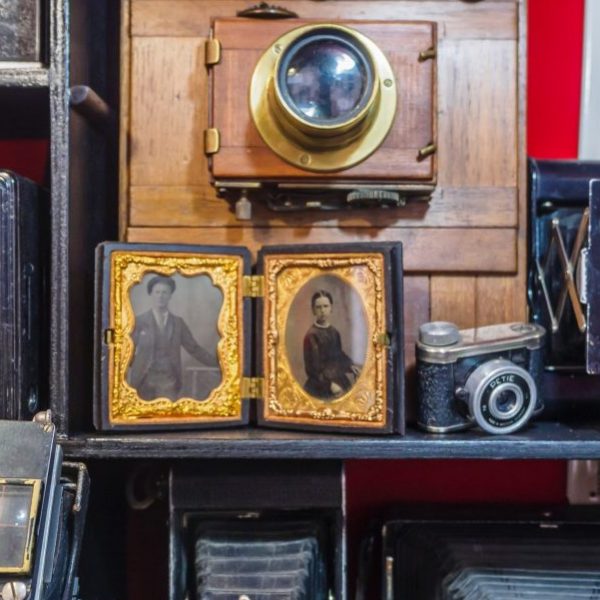Inside an Impounded Brooklyn Slave Ship with Walt Whitman
John Harris—
The United States played a crucial role in the slave trade after 1850, when Brazil effectively sealed its shores to the traffic. Forced to rethink their operations, a small number of slave traders from around the Atlantic world descended on the United States, incorporating American ports directly into their operations for the first time in a generation. New York and New Orleans now became key nodes in a new slaving nexus that stretched from Ouidah and Cabinda in Africa to Havana and Matanzas in Cuba. This was the slave trade’s final triangle. Some captives, such as Kossola, ended up in the American South, but the vast majority emerged from the holds of filthy U.S. slavers in Spanish Cuba, the only remaining major market for trafficked Africans. The United States–Africa–Cuba nexus was powerful. Although the trade would never return to pre-1850s levels, an estimated 474 illegal voyages and 198,266 men, women, and children passed around this and other minor circuits by the time it was firmly established in 1853 until the end of the trade in 1867. Tens of thousands perished aboard illegal slavers, their bodies dumped overboard and into the deep.
No American city was more closely tied to this trade than New York. A peninsular metropolis lying between the Hudson and East Rivers, New York was America’s colossus. With a population soaring to over half a million and doubling every ten years, it was the largest city in the land. Trade was at the center of New York life. From Manhattan, dozens of wharves bearing small armies of dockworkers jutted out in all directions, servicing sailing ships that carried goods from around the world. Migrants also funneled into New York from across the United States and the globe, adding to the hubbub. The American publishing industry was based there, including the New-York Times and New York Herald, which vied for the attentions of an increasingly literate and information-hungry nation on a daily basis. New York was a city of extremes, home to the mega-rich and the abject poor, to the grand boulevard of Broadway and the sprawling slum of Five Points. Here the serene mixed with the chaotic. As construction on Central Park was getting under way, pigs and dogs still ran wild in the streets. In Gotham, order and disorder fought for supremacy, and it was never entirely clear which had the upper hand. A rising writer from Long Island, Walt Whitman, described New York best: “City of the world! . . . mettlesome, mad, extravagant.”
In the summer of 1856, the fledgling poet Walt Whitman visited an impounded slave ship named the Braman at the Brooklyn Navy Yard. With Leaves of Grass debuting to a tepid early reception, Whitman had accepted a commission from Life Illustrated to describe the vessel, one of the few illegal slavers intercepted by U.S. authorities before it sailed for Africa. It was a rare sight, and Whitman took his readers through the vessel step by step. Beginning on the main deck, he took a “peep into the little dark forecastle, and another into the cabin at the other end.” Then he crawled into the hold. Faced with a dark, empty hole, Whitman conjured a scene from the Middle Passage. Explaining that the hold was the place where the slaves were “laid together spoon fashion,” he entreated his readers to imagine “the miserable chattels . . .wondering to each other whither their white conquerors are carrying them. Perhaps, in desperation, they attempt to rise upon the crew [but] are quieted either by promiscuous musket volleys fired down the hatchway, or by a few pounds of tacks plentifully dispersed among them, so that the motion of a limb in the dense crowd inflicts smarting, punctured wounds.” Having completed his portrayal of what he acknowledged was a “horrid vision,” Whitman retreated from the Braman and ended his exclusive tour of the would-be slaver.
Whitman’s vision of the journey was intriguing and dramatic, but how accurate was it? What were midcentury slaving voyages actually like? How closely did they resemble voyages from earlier periods? What made them distinctive? The realities of a slaving voyage were well known within the secretive world of the illicit slave trade, but outsiders like Whitman had to rely on their imagination.
A more accurate picture is offered by the voyage of the brig Julia Moulton. This 1854 voyage was broadly typical of the midcentury traffic in the route it followed, the profile of its captives and crew, and its successful arrival in Cuba. The voyage is unusually well documented because of a high profile court case after the voyage and a remarkable interview given by the captain, James Smith, to the New York Evangelist newspaper. By piecing this evidence together, we can reconstruct the brig’s journey and some of the experiences of the people, enslaved and free, who were connected to it. If we examine the voyage of the Julia Moulton in light of other voyages, we can also determine the key features of the midcentury trade and the factors that shaped them. As with most post-1850 American slaving voyages, the story begins in downtown New York and moves out into the wider Atlantic world.
From The Last Slave Ships by John Harris. Published by Yale University Press in 2020. Reproduced with permission.
John Harris is assistant professor of history at Erskine College.
Further Reading:
